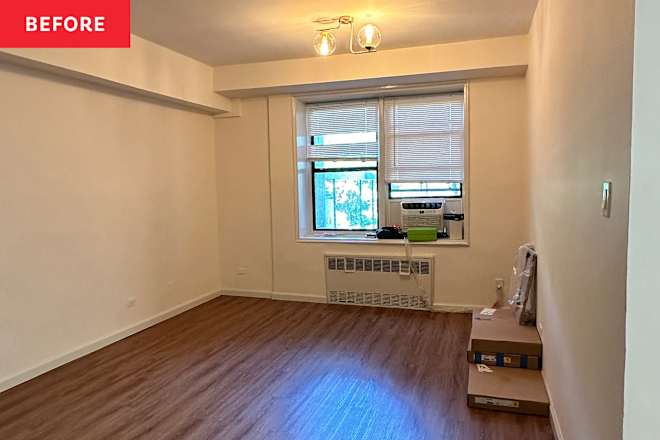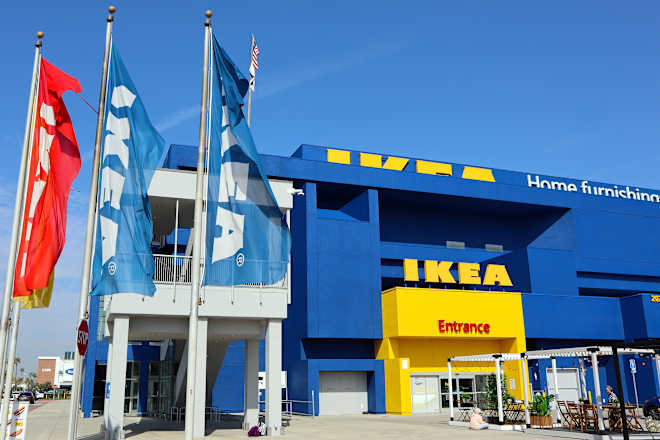A vertically-adjusted display wall-mount and its torque problem
I'm building a custom vertical wall-mounted lift for a monitor that can be moved up and down with a linear actuator. Basically trying to solve this problem with a standing desk coupled with a wall mount. There are slightly similar workstation setups from Ergotron, but they're odd, expensive and seem to be designed for hospitals. The core of my design is a carriage mounted on linear rails (going to use reinforced ones from a furniture store), which holds a standard monitor arm (that itself can extend up to 50 cm - which complicates the project, so I can consider falling back a static arm later) and moved by a linear actuator controlled by Rasbperry Pi. The total moving weight (monitor + arm + carriage) is about 11 kg, and the system should provide at least 45 cm of vertical travel. My primary concern is a torque applied to the rails. Even if I use reinforced ones (marketed as "holding 100kg") - they're designed for top-to-bottom symmetric force, whereas if I wall-mount them it will be a clockwise assymetric (due an arm) force applied. How can I ensure that the drawer slides don’t jam, bind or wear unevenly? The only thing I see now is adding width to the distance between rails. Maybe there's something else I'm missing, because ATM the design looks suspiciously simple. Any advice on the carriage? I'm planning to screw several rails-aligned holes in a 50x20cm steel plate. Is there a chance a wooden plate will be enough? I'm not asking anything specific to an actuator because that's the only thing I'm confident about - I'm using Any experience, ideas, or suggestions would be much appreciated! submitted by /u/MysteriousGenius [link] [comments]
I'm building a custom vertical wall-mounted lift for a monitor that can be moved up and down with a linear actuator. Basically trying to solve this problem with a standing desk coupled with a wall mount. There are slightly similar workstation setups from Ergotron, but they're odd, expensive and seem to be designed for hospitals.
The core of my design is a carriage mounted on linear rails (going to use reinforced ones from a furniture store), which holds a standard monitor arm (that itself can extend up to 50 cm - which complicates the project, so I can consider falling back a static arm later) and moved by a linear actuator controlled by Rasbperry Pi. The total moving weight (monitor + arm + carriage) is about 11 kg, and the system should provide at least 45 cm of vertical travel.
My primary concern is a torque applied to the rails. Even if I use reinforced ones (marketed as "holding 100kg") - they're designed for top-to-bottom symmetric force, whereas if I wall-mount them it will be a clockwise assymetric (due an arm) force applied. How can I ensure that the drawer slides don’t jam, bind or wear unevenly? The only thing I see now is adding width to the distance between rails.
Maybe there's something else I'm missing, because ATM the design looks suspiciously simple. Any advice on the carriage? I'm planning to screw several rails-aligned holes in a 50x20cm steel plate. Is there a chance a wooden plate will be enough?
I'm not asking anything specific to an actuator because that's the only thing I'm confident about - I'm using
Any experience, ideas, or suggestions would be much appreciated!
[link] [comments]






























































.png?width=1920&height=1920&fit=bounds&quality=70&format=jpg&auto=webp#)



































































































































































































